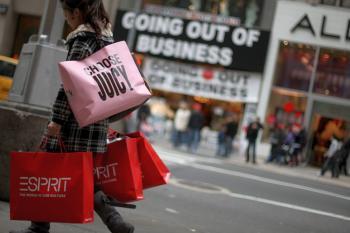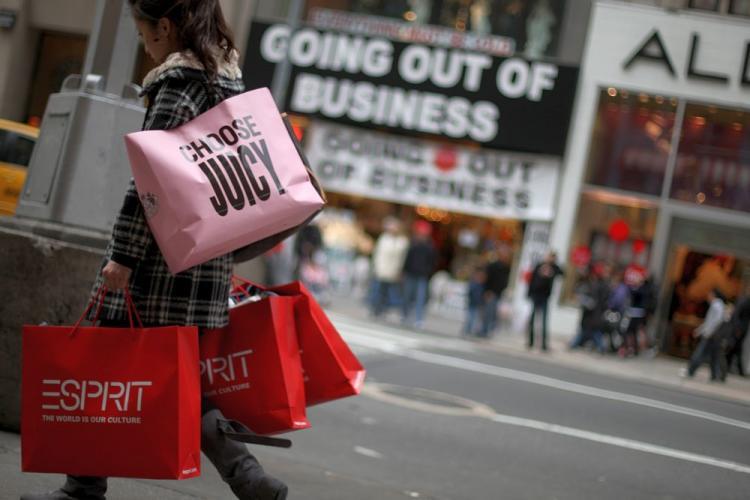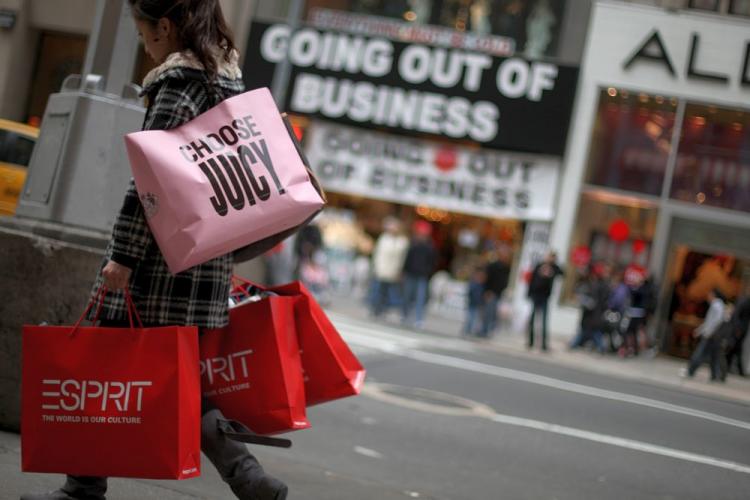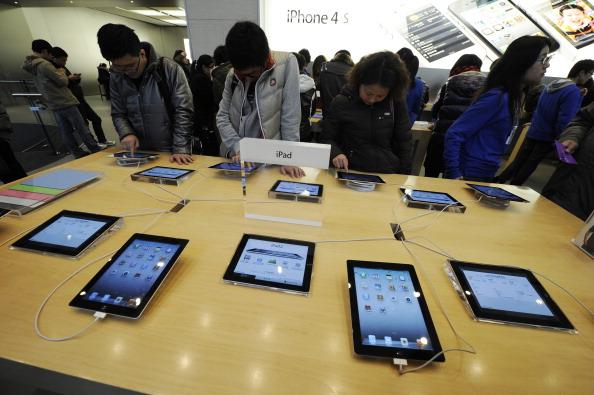Recent consumer spending in the United States was up another month in February, according to the Commerce Department official report released on March 29. For the fifth month in a row, the numbers have been on the upside with the latest increase of 0.3 percent increase in purchases.
However, these modest figures may continue only if employment growth follows in the same direction.
“Considering the circumstances, this is a fine performance with the job market still not strong,” said Michael Moran, chief economist at Daiwa Securities America Inc. in an interview with Bloomberg. “As the labor market comes back, we should see continued support from consumers.”
There are several contributing factors that need to be evaluated in the context of the current consumer spending patterns. Wages and salaries have remained relatively flat, with only a 0.4 percent rise in January, and payrolls dropped 36,000 in February (although there were extreme weather conditions on the east coast that resulted in some companies closing operations in the short term). However, a Reuters survey predicts that employment figures to be released on April 2 may show employers adding 190,000 jobs.
Therefore, if such a jump occurs, this would mark the second increase in payrolls since the recession began in December 2007. Moreover, some analysts would argue that the focus on the labor market is primarily related to the Federal Reserve’s low benchmark interest rate, which has been almost 0 percent since December 2008.
The relatively flat income levels are causing consumers to continue to tighten their belts and likely have limited disposable cash. Given that the savings rate in February dropped to 3.1 percent, this is the most significant trough since October 2008 indicating that consumers are spending in excess of their incomes.
“The near-term outlook is still problematic,” said Scott Hoyt, senior director of consumer economics for Moody’s Economy.com in a Reuters report.
“Wage income is rising only modestly. With unemployment near 10 percent, labor market power is clearly in employers’ hands, so there is little prospect for much more acceleration in wage income,” he said.
Consumers are spending “every extra dollar of income they receive and even a little more, as the savings rate dropped to its lowest level in about a year,” he added.
According to Bloomberg, Nike Inc., the world’s largest producer of athletic shoes, announced that its third-quarter profit more than doubled in March, exceeding analysts’ forecasts, as North America posted a sales increase for the first time in a year. Best Buy, the largest U.S. electronics retailer, reported a fourth-quarter profit in March as well, which was ahead of analysts’ predictions as the Richfield, Minnesota-based company boosted sales by slashing prices on flat-panel TVs and offering discounts during the 2009 holidays.
However, these modest figures may continue only if employment growth follows in the same direction.
“Considering the circumstances, this is a fine performance with the job market still not strong,” said Michael Moran, chief economist at Daiwa Securities America Inc. in an interview with Bloomberg. “As the labor market comes back, we should see continued support from consumers.”
There are several contributing factors that need to be evaluated in the context of the current consumer spending patterns. Wages and salaries have remained relatively flat, with only a 0.4 percent rise in January, and payrolls dropped 36,000 in February (although there were extreme weather conditions on the east coast that resulted in some companies closing operations in the short term). However, a Reuters survey predicts that employment figures to be released on April 2 may show employers adding 190,000 jobs.
Therefore, if such a jump occurs, this would mark the second increase in payrolls since the recession began in December 2007. Moreover, some analysts would argue that the focus on the labor market is primarily related to the Federal Reserve’s low benchmark interest rate, which has been almost 0 percent since December 2008.
The relatively flat income levels are causing consumers to continue to tighten their belts and likely have limited disposable cash. Given that the savings rate in February dropped to 3.1 percent, this is the most significant trough since October 2008 indicating that consumers are spending in excess of their incomes.
“The near-term outlook is still problematic,” said Scott Hoyt, senior director of consumer economics for Moody’s Economy.com in a Reuters report.
“Wage income is rising only modestly. With unemployment near 10 percent, labor market power is clearly in employers’ hands, so there is little prospect for much more acceleration in wage income,” he said.
Consumers are spending “every extra dollar of income they receive and even a little more, as the savings rate dropped to its lowest level in about a year,” he added.
According to Bloomberg, Nike Inc., the world’s largest producer of athletic shoes, announced that its third-quarter profit more than doubled in March, exceeding analysts’ forecasts, as North America posted a sales increase for the first time in a year. Best Buy, the largest U.S. electronics retailer, reported a fourth-quarter profit in March as well, which was ahead of analysts’ predictions as the Richfield, Minnesota-based company boosted sales by slashing prices on flat-panel TVs and offering discounts during the 2009 holidays.
Sustained economic growth is yet to be established, given that income levels are not necessarily keeping up with spending.





